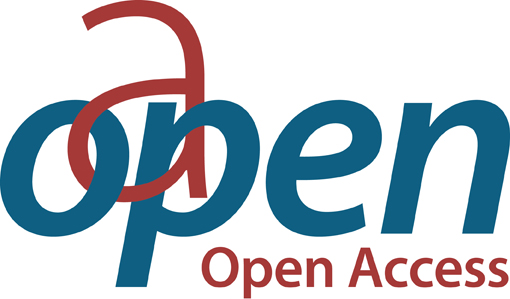A Handbook of Management Theories and Models for Office Environments and Services
Proposal review
Contributor(s)
Appel-Meulenbroek, Rianne (editor)
Danivska, Vitalija (editor)
Language
EnglishAbstract
Although workplace design and management are gaining more and more attention from modern organizations, workplace research is still very fragmented and spread across multiple disciplines in academia. There are several books on the market related to workplaces, facility management (FM), and corporate real estate management (CREM) disciplines, but few open up a theoretical and practical discussion across multiple theories from different disciplines. Therefore, workplace researchers are not aware of all the angles from which workplace management and effects of workplace design on employees has been or could be studied. A lot of knowledge is lost between disciplines, and sadly, many insights do not reach workplace managers in practice. Therefore, this new book series is started by associate professor Rianne Appel-Meulenbroek (Eindhoven University of Technology, the Netherlands) and postdoc researcher Vitalija Danivska (Aalto University, Finland) as editors, published by Routledge. It is titled ‘Transdisciplinary Workplace Research and Management’ because it bundles important research insights from different disciplinary fields and shows its relevance for both academic workplace research and workplace management in practice. The books will address the complexity of the transdisciplinary angle necessary to solve ongoing workplace-related issues in practice, such as knowledge worker productivity, office use, and more strategic management. In addition, the editors work towards further collaboration and integration of the necessary disciplines for further development of the workplace field in research and in practice. This book series is relevant for workplace experts both in academia and industry. This second book in the series focuses on the role of workplace management in the organization and the tasks that workplace management needs to consider. The 18 theories that are presented in this book and applied to workplace research discuss management aspects from the organization’s perspective or dive deeper into issues related to people and/or building management. They all emphasize that workplace management is a complex matter that requires more strategic attention in order to add value for various stakeholders. The final chapter of the book describes a first step towards integrating the presented theories into an interdisciplinary framework for developing a grand workplace management theory.
Keywords
Action regulation theory; Activity theory; Alignment; Asset management; Attractive quality theory; Behavioural economics theories; biophilia hypothesis; business continuity planning; Corporate real estate; Corporate real estate asset management; CREAM; CREM; CREM branding; CREM Maturity model; decision making theories; disaster management; Ecological Systems theory; Evolutionary psychology theories; Facilities management; Flourish theory; FM; Hospitality theory; Information space; Knowledge Creation theory; Lean; Life-span theory of control; Management; Management models; Management theory; Managing people and buildingsDOI
10.1201/9781003128786ISBN
9781000434156, 9780367652944, 9780367652876, 9781003128786, 9781000434156Publisher
Taylor & FrancisPublisher website
https://taylorandfrancis.com/Publication date and place
2022Imprint
RoutledgeClassification
Management of assets: real estate, property and plant
Management and management techniques
Working patterns and practices


 Download
Download